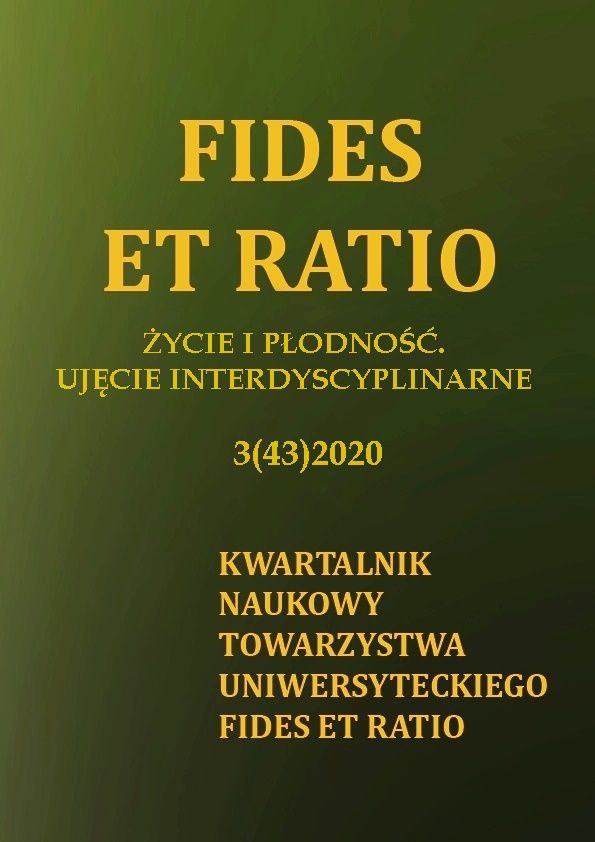Abstrakt
Patogeneza endometriozy wynika z współdziałania czynników środowiskowych i genetycznych. Ze względu na częste występowanie oraz duży wpływ na życie i stan zdrowia, ustalenie ważnych czynników sprawczych endometriozy jest istotnym problemem zdrowia publicznego. Do ciekawych zjawisk, niewątpliwie wpływających na ryzyko endometriozy należy karmienie piersią. Ciąża i laktacja jest istotnym elementem cyklu prokreacyjnego wpływającym gruntownie na całą gospodarkę endokrynologiczną kobiety z konsekwencjami trwającymi lata. Z drugiej strony możliwość karmienia się pokarmem matki jest dla dziecka najlepszym źródłem składników odżywczych, ale również sygnałem programującym immunologicznie i epigenetycznie organizm na okres całego życia. Poniżej przedstawiono koncepcje i dowody naukowe wiążące karmienie piersią z ryzykiem występowania i etiopatogenezą endometriozy. Świadomość możliwych związków przyczynowych w tej dziedzinie jest kluczowa nie tylko dla leczenia pacjentek z endometriozą, lecz ma znaczenie w budowaniu strategii profilaktycznych niezbędnych w zapobieganiu tej chorobie. Zaprezentowana wiedza jest również pomocna dla profesjonalistów medycznych biorących udział w konsultowaniu i edukacji prozdrowotnej pacjentek.
Bibliografia
Agostoni, C., Axelsson, I., Braegger, C. i in. (2004). Probiotic bacteria in dietetic products for infants: a commentary by the ESPGHAN Committee on Nutrition, Journal Pediatric Gastroenterology and Nutrition, 38, 365-374.
Brandys, J. (1999). Toksykologia. Wybrane zagadnienia, Wydawnictwo UJ, Kraków.
Cramer, D.W., Missmer, S.A. (2002). The epidemiology of endometriosis, Annals of the New York Academy of Sciences, 955 (1), 11-22.
Farland, L.V., Eliassen, A.H., Tamimi, R.M., Spielgman, D., Michels, K.B., Missmer, S.A. (2017). History of breast feeding and risk of incident endometriosis: prospective cohort study, British Medical Journal, Aug 29; 358:j3778.
Gerkowicz, S.A., Curtis, S.W., Knight, A.K. (2020). Endometriosis, endocrine disrupters and epigenetics: an investigation into the complex interplay in woman with polybrominated biphenyl exposure and endometriosis, Journal of Assisted Reproduction and Genetics, 37 (2), 427-436.
Geusau, A., Tschachler, E., Mixner, M., et. al. (1999). Olestra increases faecal excretion of 2,3,7,8-tetrachlorodibenzo-p-dioxin, Lancet, 354 (9186), 1266-1267.
Hamosh, M. (2001). Bioactive factors in human milk. Pediatric Clinics of North America, 48, 69-86.
Heilier, J-F, Donnez, J., Nackers, F., Rousseau, R.J., Verougstraete, V., Rosenkranz, K., Donnez, O., Grandjean, F., Lison, D., Tonglet, R. (2007). Environmental and host-assocaited risk factors in endometriosis and deep endometriotic nodules: A matched case-control study. Environmental Research, 103, 121-129.
Kleinman, R.E. (2009). Pediatric nutrition handbook. American Academy of Pediatrics, Elk Grove Village.
Kornacka, M.K. (2007). Flora bakteryjna pokarmu naturalnego, Pediatria Polska, 82, 905-909.
LaKind, J.S., Berlin, C.M., Mattison, D.R. (2008). The heart of the matter on breastmilk and environmental chemicals: essential points for healthcare providers and new parents, Breastfeeding Medicine, 3 (4), 251-259.
Lawrence, R.A., Lawrence, R.M. (2005). Breastfeeding. A guide for the medical profession, Elsevier Mosby, Philadelphia, Pennsylvania.
Pandelova, M., Piccinelli, R., Kasham, S. i in. (2010). Assessment of dietary exposure to PCDD/F and dioxin-loke PCB in infant formulae available on the EU market, Chemosphere, 81, 1018-1021.
Pawlus, B., Kordek, A., Łoniewska, B. (2005). Enzymy mleka kobiecego – najnowsze wiadomości. Przegląd Pediatryczny, 35, 168-170.
Maksym, R., Baranowski, W. (2020). Etiopatogeneza endometriozy – geny czy środowisko? (w:) W. Baranowski (red.), Standardy diagnostyki i leczenia endometriozy - Monografia Ginekologia po Dyplomie, 5-10, Warszawa: Medical Tribune Polska.
Martin, R.M., Middleton, N., Gunnell, D. i in. (2005). Breast-feeding and cancer: the Boyd Orr cohort and a systematic review with meta-analysis, Journal of the National Cancer Institute, 97, 1446-1457.
Martinez–Zamora, M.A., Mattioli, L., Parera, J. i in. (2015). Increased levels of dioxin-like substances in adipose tissue in patient with deep infiltrating endometriosis, Human Reproduction, 30 (5), 1059-68.
Nehring-Gugulska, M., Żukowska-Rubik, M., Pietkiewicz, A. (2017). Karmienie piersią w teorii i praktyce. Podręcznik dla doradców i konsultantów laktacyjnych oraz położnych, pielęgniarek i lekarzy, Medycyna Praktyczna, Kraków: Medycyna Praktyczna.
Ulaszewska, M.M., Zuccato, E., Capri, E. (2011). The effect of waste combustion on the occurrence of polychlorinated dibenzo-p-dioxins (PCDDs), polychlorinated dibenzofurans (PCDFs) and polychlorinated biphenyls (PCBs) in breast milk in Italy, Chemosphere, 82 (1), 1-8.
Upson, K., Sathyanarayana, S., Scholes, D. & Holt, V.L. (2015). Early-life factors and endometriosis risk, Fertility and Sterility, 104, 964-971.e5.
Vannuccini, S., Lazzeri, L., Orlandini, C., Tosti, C., Clifton, V.L. & Petraglia, F. (2016). Potential influence of in utero and early neonatal exposures on the later development of endometriosis, Fertility and Sterility, 105, 997-1002.
Walker, M.L. (2002). Core curriculum for lactation consultant practice, Sudbury, Massachusetts: Jones & Bartlett Publishers.
Wartmann, M., Cella, N., Hofer, P. i in. (1996). Lactogenic hormone activation of Stat5 and transcription of the beta-casein gene in mammary epithelial cells is independent of p42 ERK2 mitogen-activated protein kinase activity, Journal of Biological Chemistry, 271, 31, 863-868.
Wilde, C.J., Addey, C.V., Boddy, L.M., Peaker, M. (1995). Autocrine regulation of milk secretion by a protein in milk, Biochemical Journal, 305, 51-58.
Willet, W.C., Tamimi, R.M., Haynkinson, S.E. i in. (2010). Nongenetic factors in the causation of breast cancer, (w:) J.R. Harris, M.E. Lippman, M. Morrow, C.K. Osborne (eds.), Diseases of the breast, Lippincott: Williams & Wilkins.
Zondervan, K.T., Becker, C.M., Missmer, S.A. (2020). Endometriosis, New England Journal of Medicine; 382, 1244-1256
Żukowska-Rubik, M., Banaszkiewicz, A. (2006). Regulacja hormonalna laktacji, (w:)
M. Nehring-Gugulska, M. Żukowska-Rubik (red.) Karmienie piersią. Podręcznik, Warszawa: KUKP.

